Content
The last price might have taken place at the bid or ask price, or the bid or ask price might have changed as a result of, or since, the last price. It’s possible to base a chart on the bid or ask price as well, however. The last price is the most recent transaction, but it doesn’t always accurately represent the price you would get if you were to buy or sell right now. The last price might have taken place at the bid or ask, or the bid or ask price might have changed as a result of or since the last price. It’s possible to base a chart on the bid or ask price as well, however.
The buyer, accordingly, understands that there is little chance to purchase the asset at the old price and agrees to raise the Bid price. For example, if the current stock quotation includes a bid of $13 and an ask of $13.20, an investor looking to purchase the stock would pay $13.20. For example, if an investor wanted to sell a stock, he or she would need to determine how much someone is willing to pay for it. It represents the highest price that someone is willing to pay for the stock.
The Ask Price
The difference between the two prices depends on the type of stock. The problem is that the trader does not take into account the Ask price in trading. A Take Profit is a common purchase of a tradeable asset with the same volume as the trade entered in order to exit a sale. That is why the Take Profit order will work out at the Ask price.
Lastly, the put option has a bid-ask spread of only $0.05, which is considered to be a narrow spread. In the case of buying at the asking price and selling at the bidding price, a trader would only lose $5 per contract. In this case, you’d have to buy at $3.50 or sell at $3.00 to get filled immediately. When purchasing at the ask and selling at the bid (or vice versa), the corresponding loss will be $0.50, which translates to $50 for 100 shares of stock or 1 option contract. Limit orders for Take Profit will behave the same regardless of which tracking method — BID or ASK — you choose. The difference is that the algorithm will place an order the exchange Order Book, in advance at a set price, not a market price.
#16: What is bid vs ask
The cash value of the stock rewards may not be withdrawn for 30 days after the reward is claimed. Securities trading is offered through Robinhood Financial LLC. Major currencies, i.e. the most highly traded currencies, generally have bid and ask prices that last vs bid vs ask differ in their fifth significant figure only (referred to as a pip). There are some times of the day when the market you’re trading may not be moving much. They are just there, waiting for a trader to arrive and accept to pay (or sell) for that price.
Do I have to buy if I bid?
Remember that when you bid on an item, you're committing to buy it if you win. Stay ahead of the competition by setting up automatic bidding. Find out how and when you can retract a bid if you make a mistake while bidding.
As a result, John has a loss of 19% instead of 12%, if the method was determined by the Bid definition. BID — the first price value at which the market is willing to buy. Our algorithm monitors the price action on the exchange and executes the trade when the price set is matched with https://www.bigshotrading.info/blog/inverted-hammer-candlestick-pattern-learn-how-to-use/ an available sell order. Buy orders for Bitcoin on the Bittrex exchange (bids — the price of purchase, demand). Let’s imagine a physical crypto-currency market where buyers wander around between counters with bags full of cash while sellers stack their counters with various tokens.
How To Pick The Best Stock For Selling Options
You must buy more shares at a price that another seller is asking for. Now you as a potential buyer could now offer or BID the price of $20,000. The bid-ask spread is just one factor to consider when determining the total cost of trading a security. Yes, you can, but only if you are requesting a liquidity purchase volume that exceeds the offer volume.
A market sell order will execute at the bid price (if there is a buyer). Prices—Due to limited trading activity, stocks may experience greater price fluctuation and wider spreads during Extended Hours than during standard market hours. You will sometimes buy at the lowest ask price and sell at the highest bid price in a market order.
